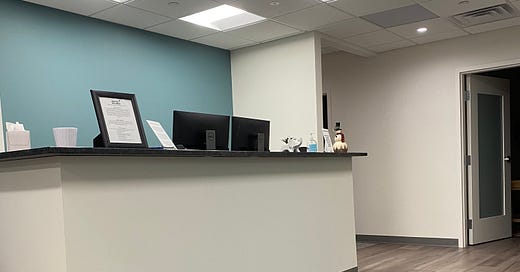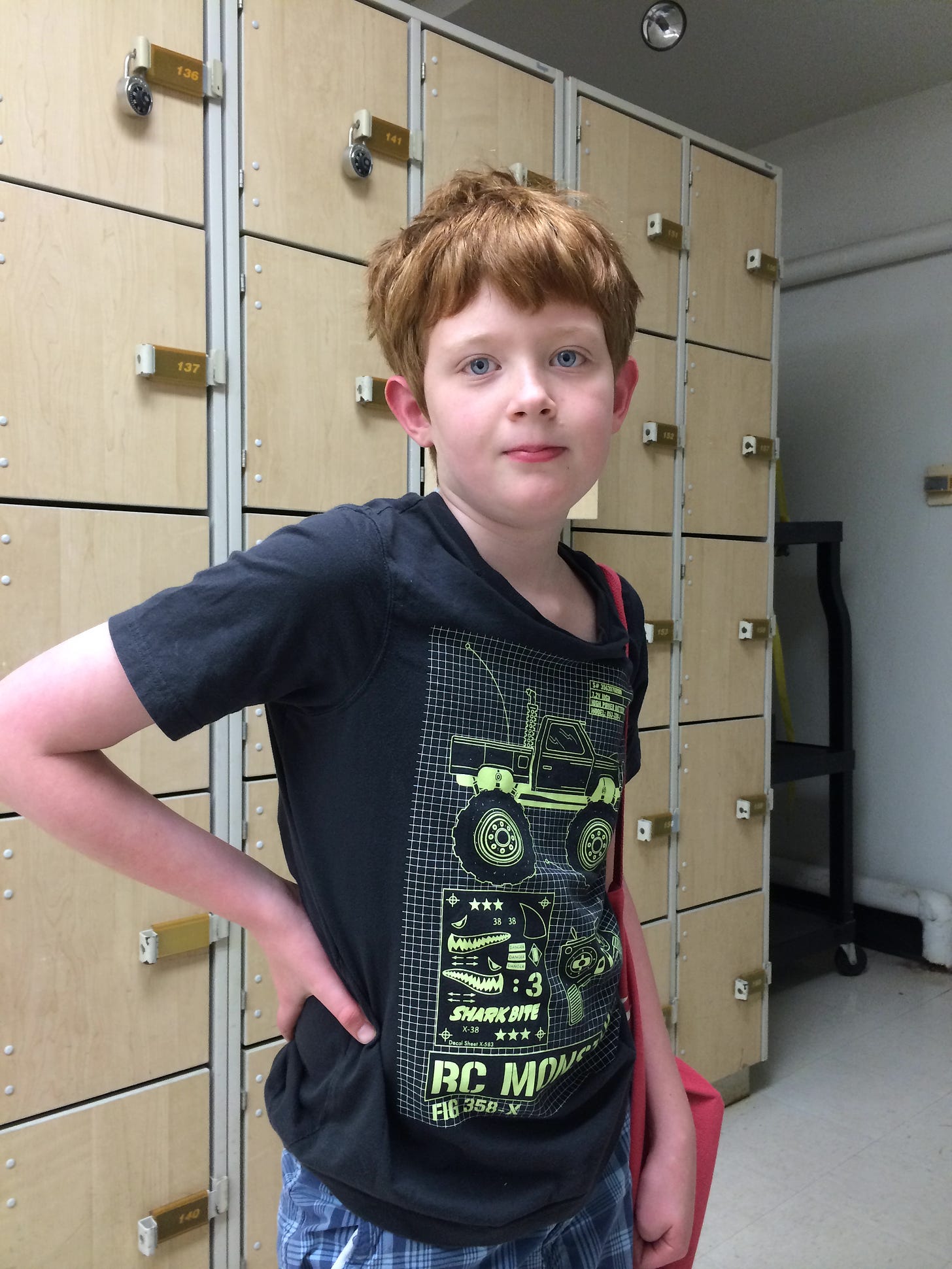Last week, we talked about time. As I tell Jonah, my oldest who approaches his day with ADHD randomness, time is our most precious commodity. I’m always looking at ways to consolidate the amount of time that I spend doing “dumb” Ian chores, while valuing the “good” time that I spend with him. I want to spend less time trading phone calls with therapists, and more time taking him on trips to New York City.
Today, I’m going to talk about money.
Ian goes to a public school from 8 to 3, seven hours a day. People think of their public schools as free, but they aren’t really. To live in our school district, there’s a hefty price tag on a home and local taxes. If we didn’t worry about disability services, we could move to a place like Florida with cheaper homes and taxes, but there would be really bad special education schools and meagre adult services. So, living in this town and state is an indirect disability expense.
What happens after school? Ian needs one after-school activity every day. He doesn’t have playdates or homework or sports or anything that typical students have to use up their time between 3 and 10. On days when there’s no after school activity, he’ll keep himself busy with computer stuff, but he’s isolated and lonely.
And he still needs therapy for his various issues; therapy really does work when done right.
Ian’s schedule is fluid, always changing as new opportunities arise. This week: he met with psychologist on Monday. Tuesday was the reading tutor. Today, he’ll meet with a job coach from the state at 4:00 in a local Starbucks. From 7-9, he’ll go to Game Night at his Social Skills Center. Friday, he has another social skills group with a trip to a bowling alley.
The costs for all that is minor. Yes, there’s the unquantifiable cost of my time to drive him to those places, arrange his calendar, be available, and so on. Other costs are handled by health insurance or government vouchers. There have been times when we’ve had greater therapy expenses, but right now, Ian’s after-school activities are not super expensive.
All autism parents have to make calculations. We all know that therapy works, when done right. And we all know that quantity matters; more therapy works better than less therapy. But our time and money is finite. When do we say enough? How do we balance guilt with the pressures of reality?
While our expenses at this moment are not huge, there’s a potential expense on the horizon that is freaking us out. Autism College.
Landmark College up in Vermont is specifically geared towards people with autism with small class size and knowledgable staff. Students have bad eye contact and game all Saturday night, but they live semi-normal college lives in dorms with an entire college that supports them. Trouble is that the college costs $77,000 per year. $308K for four years.
We don’t have any money put aside for Ian for college, because we assumed that he would attend a local tech program. But this whole autism college might be a better option for him. So, now we’re having conversations about how we could scrounge up $300,000, and whether that money would be better spent on a down payment on apartment for him.
Of course, it’s not just autism kids and their parents who must make these calculations. We had to make hard choices when it came to send our oldest son to college. He wanted to attend the University of Vermont with its outdoorsy vibe. But UVM cost $50K per year, so he went to our much cheaper in-state college, Rutgers, and saved us $20K per year. That was a tough decision, too.
In the end, Jonah struggled to find a place in the massive Rutgers. UVM was smaller and maybe would have been less overwhelming. Maybe we should have spent more for his college. It’s hard to say.
At some point, nearly every parent has to say “no” to great opportunities for their children. Those opportunities could have life altering impacts. They might be amazing. But our resources are finite.
I would like to say that we make peace with our choices, but that’s not the case. I will always wonder if we should have sent Jonah to a smaller, more expensive college. And I’m mad at myself for not jamming Ian’s schedule with back-to-back therapy when he was little with a more pliable brain. Guilt is the dark shadow of parenting. Most parents have a regret or two.
My advice is do as much as you can handle. School isn’t enough. If you have time to drive your child around, you can find tutors and therapists, some for little to no cost. With state resources and health insurance, it might all be free. And kids, even old ones like Ian, keep improving. At age 20, he made a massive job in social skills just in the past six months, which has opened up all new possibilities for him for the future. So, don't give up.
The other little piece of advice is to switch activities often. Studies show that students made the most progress in the first six months with a particular therapist and then things level out. So, jump from therapist to therapist to have them keep progressing.
At some point, we have to make peace with “enough.” The trick is to live with those decisions without shadows or regrets.
LINKS
Last weekend, we took Ian to one of the new mega-malls. He loved it. Pictures.
What happened when a South Carolina city embraced career education for all its students
College Guide for Students with Disabilities and Their Parents





